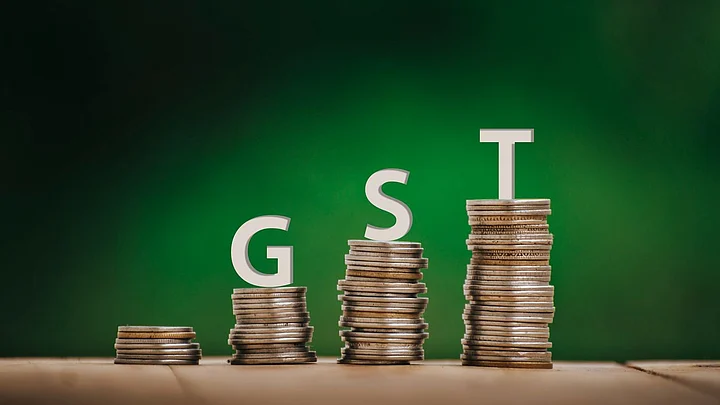The online skill gaming industry is awaiting the outcome of deliberations by the Group of Ministers (GoM) nominated by the GST council, on online gaming, casinos, and race courses.
The GoM is expected to meet mid-May to take a relook at the GST applied on online gaming.
While the tax collection figures from online gaming must have cheered the GST council—the industry has contributed INR 1,450 crore for FY21—online gaming players are keenly watching if it will resonate in moderate tax rates and continuation of the existing 18 percent of GST.
Given the targets for reduction of revenue deficit, the easier path for the GoM and GST council is to hike the GST on online skill gaming to 28 percent. And, to support its move, the government can draw solace from increasing the tax on popular online gaming industry.
World over, tax structures are influenced by economic theory, evolving economic structure, exigencies of practical tax administration, and lessons from experience.
Clubbing online skill gaming with horse racing and gambling, and bringing it under 28 percent tax net, belies rationale and logic.
Take, for instance, the various approaches taken by regulators and fiscal authorities across the globe to tax online skill gaming. This comprises both what to tax and the levels of tax to apply.
The most prevalent practice is to levy a tax on ‘platform fees’, which is accepted by the online gaming operator and which is the ‘contest entry amount’ less ‘prize pool’. This is globally called ‘tax on gross gaming revenue” or GGR.
The tax level, and the basis on which taxes are assessed, influence both user and operator behaviour, and are important drivers of the total market size. International practices have proved that a tax rate which can provide both a high channeling rate as well as high tax revenues, lies within the range of 15 to 20 percent of the Gross Gaming Revenue.
(The channeling rate is the proportion of funds deposited by users in regulated platforms to that of funds deposited in unregulated / illegal platforms.)
The table below illustrates taxes levied in various countries:
In conclusion, the online skill gaming industry is nascent in India and still in an investment stage. Operators presently pay GST @ 18% on their gross revenue, which is the ‘Platform fees or GGR’ ,and is in line with global taxation practices.
Additionally, there are few operators in the ‘Large Taxpayer' category which is further proof that the online gaming industry is tax compliant.
Economic theory suggests that a tax on GGR incentivizes operators to lower prices, and the opposite is expected with a tax on stakes. This reduces incentives for customers to seek unregulated / illegal operators, as it minimizes the potential price gap between regulated and unregulated offerings, leading to better capture of the market for taxation and greater control of potential ‘illegal betting’ and user protection.
(At The Quint, we question everything. Play an active role in shaping our journalism by becoming a member today.)
